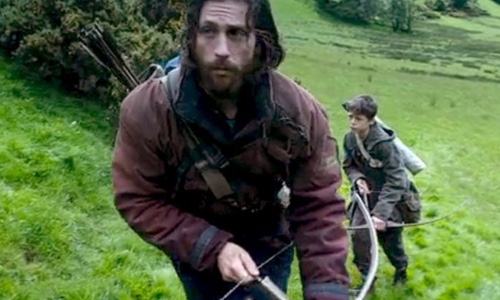
Just when you thought it was safe to unlock the door and put the recycling out, here comes another dose of rage-infected horror. Twenty-three years after Danny Boyle’s 28 Days Later unleashed its rage-infected mayhem on the world – and 18 since Juan Carlos Fresnadillo’s follow-up 28 Weeks Later – fans of the franchise are sharpening their stakes, stocking up on tinned beans, and preparing for another round of post-apocalyptic nastiness as 28 Years Later looms large on the horizon (at Cineworld cinemas from June 20th).
Boyle is back in the director’s chair for this long-awaited new chapter, which picks up the story nearly three decades after the rage virus first began terrorising the world. By now, survivors have carved out isolated ‘safe spaces’ across the land, such as the heavily defended island established by Isla (Jodie Comer) and Jamie (Aaron Taylor-Johnson) off the coast of Northumberland. However, when Jamie and the couple’s son Spike venture onto the mainland to better understand the very thing they’ve been hiding from, they uncover some horrifying truths about the virus and its impact.
To get you in the mood for this intriguing new instalment, here’s a brief reminder of what’s happened in the franchise so far. Brace yourself!
28 Days Later (2002)
Danny Boyle’s original movie redefined zombie cinema, replacing shambling undead with hordes of virus-infected humans driven by pure rage. The catalyst for this rather terrifying scenario is a group of animal rights activists accidentally releasing a chimpanzee from a lab in Cambridge, not realising that said primate is infected with a highly contagious ‘Rage’ virus. Cue national collapse.
Twenty-eight days after the outbreak of the virus (hence the title), Cillian Murphy’s character Jim, a bike courier, wakes from a coma to find London deserted. As he navigates this eerie hellscape, he encounters other survivors Selena (Naomie Harris), Frank (Brendan Gleeson), and Hannah (Megan Burns), and together they attempt to find their way to safety. But as time goes on, they realise it’s not just the virus-consumed humans they need to be wary of, but some of the unaffected too.
Prepare for the new release and enjoy Cineworld's showing of the original 28 Days Later movie on May 20th.
28 Weeks Later (2007)
Released five years after 28 Days Later (and, coincidentally, set five years after the events of that film), 28 Weeks Later saw Danny Boyle stepping back to executive producer, with Juan Carlos Fresnadillo taking up the reins as director. The film opens with a terrifying prologue in which a group of survivors, including husband and wife Don and Alice (played by Robert Carlyle and Catherine McCormack), take refuge in a cottage, only to be attacked by an army of infected humans. With Alice refusing to leave behind a stricken child, Don flees by himself, assuming his wife’s fate is sealed.
Twenty-eight weeks on, however – with the US military now overseeing the repopulation of London – Don is reunited with his children, and they discover that their mother survived the earlier assault due to having a genetic immunity to the virus. She’s still infected, though, and when Don sneaks into quarantine to speak with her, he ends up getting dosed. Consequently, all hell breaks loose again; with the military struggling to keep order, Don’s two kids and a handful of survivors – including a heroic Idris Elba and a sniper played by Jeremy Renner – try desperately to make it out alive.
Once again, Cineworld is running a one-off screening that will allow you to watch 28 Weeks Later ahead of the latest instalment. This screening will take place on June 14th.
28 Years Later (2025)
And so, that brings us onto the third movie in the series. We’ve already mentioned that Jodie Comer and Aaron Taylor-Johnson are in 28 Years Later, but also appearing this time around is screen legend Ralph Fiennes. The Harry Potter star plays a survivor called Dr Kelson – and while we don’t know exactly how he fits into the story, he recently told Deadline: “I can tell you there’s a fantastic set built out of bones.”
He may well have been referring to the Bone Temple, which is the name of the next film in the franchise. Directed by Nia DaCosta and set for a 2026 release, it was shot at the same time as 28 Years Later, with both Fiennes and Cillian Murphy reprising their previous roles. If the first two movies in the series are anything to go by, both 28 Years Later and its subsequent release should be horror movies to die for.
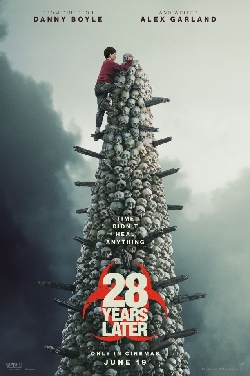
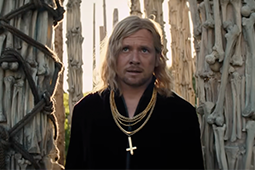
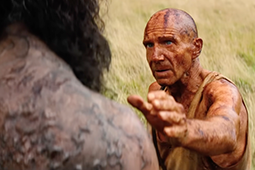

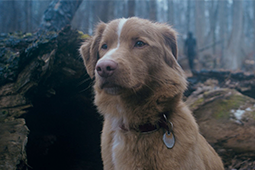
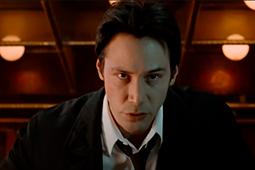
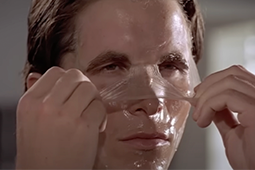
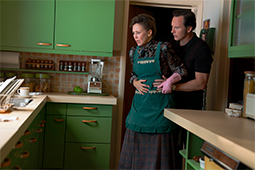
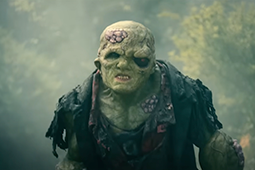
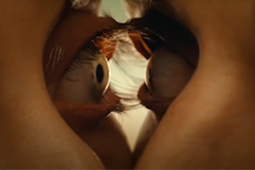
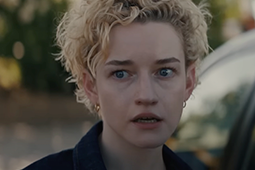
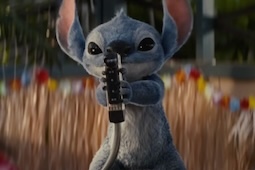


.jpg)
.png)






